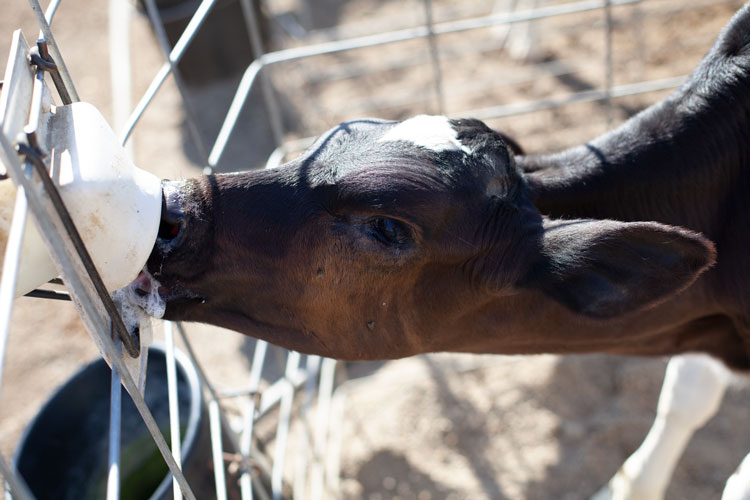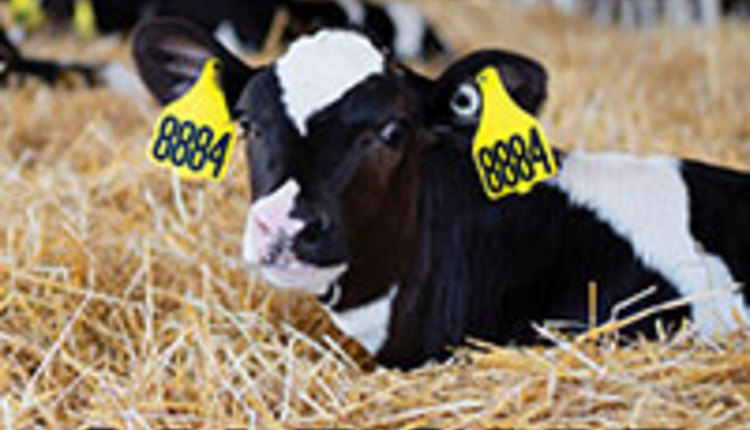
Sometimes questions catch you off guard, and this is one that surprises me every time I hear it.
“Is milk a good feed for calves?”
Basic biology says, yes; milk is the feed intended for calves!
Let’s dig a little deeper to provide a better understanding of the nutritional content of milk.
Before getting to milk specifically, let’s review some basic nutrition. Calf growth is affected by many factors, but daily intake of protein and energy are the most important. Energy intake often is the first-limiting factor to growth.
If a calf consumes more energy than she needs for maintenance, the “extra” energy can be used to convert dietary protein into body tissue. However, if a calf consumes less energy than required for maintenance, there is no energy available for growth.
Diets must provide enough energy to support growth and enough protein to be used for that growth. Feeding too little of either nutrient, or feeding the wrong ratio of energy to protein, will limit growth. Intake and nutrient composition of all the feeds a calf consumes (milk, grain, and forage) can affect growth potential.
Let’s consider the nutrients provided by whole milk
Holstein milk contains 3.74 percent fat, 3.05 percent true protein, and 12.58 percent total solids. On a dry matter basis, whole milk provides 29.73 percent fat and 25.76 percent crude protein. The table below shows how the amount of this milk fed affects calf growth, assuming our calf weighs 100 pounds, is fed milk only (no grain), and temperatures are around 68°F.
All feeding rates shown will more than meet maintenance energy requirements. Depending on the amount fed, calf growth rate could be limited by either protein or energy with this milk. At 4 quarts per day, we provide enough energy to support 0.74 pound per day of weight gain and enough protein to support 0.84 pound per day. Because calves will run out of energy before protein, energy is considered the limiting nutrient.
At 5, 6, or 8 quarts per day, we feed more energy than needed, and the protein content of the diet will limit growth. Feeding 8 quarts per day could result in calves gaining nearly 2 pounds per day, but they are also likely to store some excess energy as fat. A feeding rate between 5 and 6 quarts per day, or 10 to 12 percent of body weight, balances the amount of protein and energy provided and will allow calves to gain weight. When the amount fed is adjusted as the calf grows and is combined with access to grain, calves fed milk at this rate will gain nicely without excessive fattening.

What about milk replacers?
Unlike whole milk, milk replacers are not constrained by the composition of milk as it is produced by the cow. This makes it possible to formulate products with higher protein content and lower fat content compared to milk. In turn, this can provide a more optimum balance of energy and protein that support rapid growth rates without making calves fat.
There are several factors to consider when deciding what you will feed calves, and they are usually related. Start by identifying the goals of your calf program, then compare both the costs and expected outcomes of your options so you can select an option that meets your needs. Whole milk is a viable choice in many situations.








